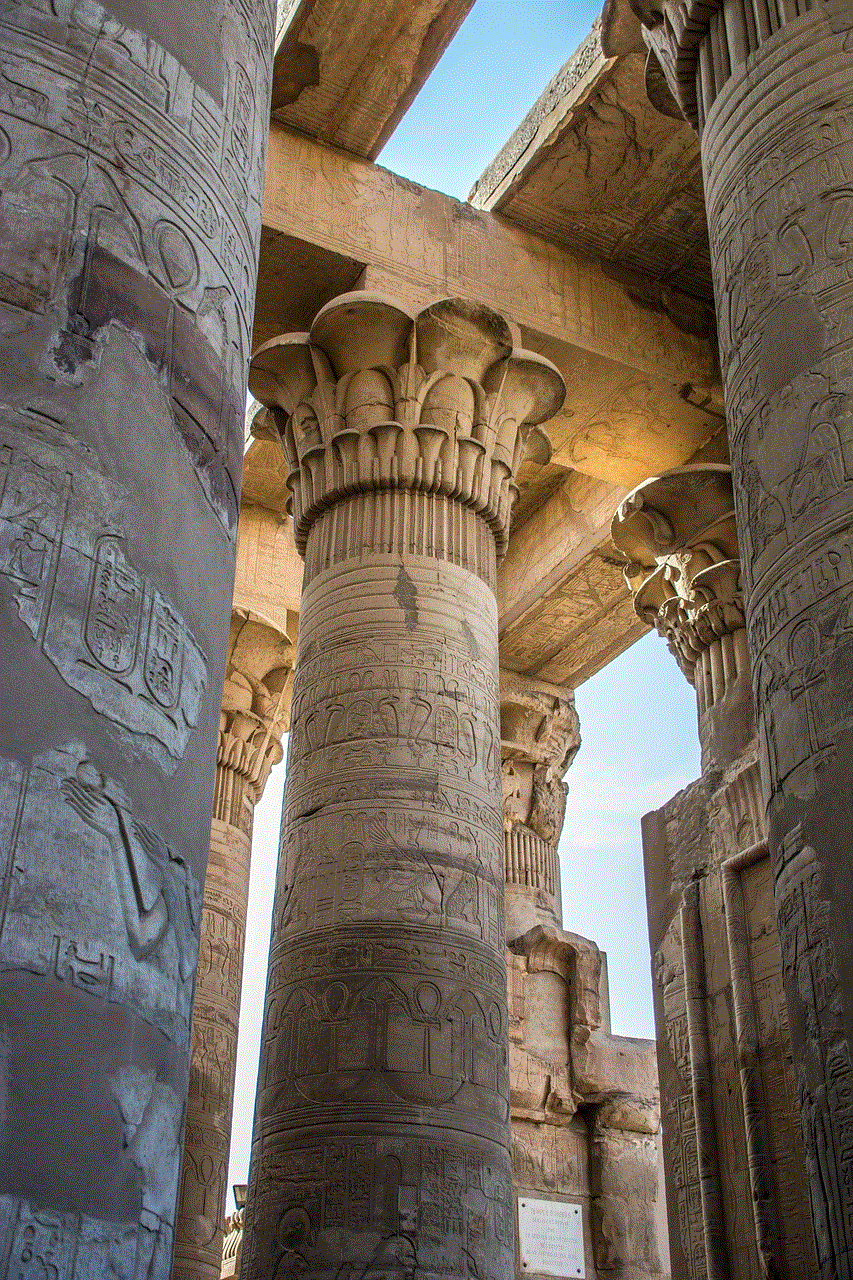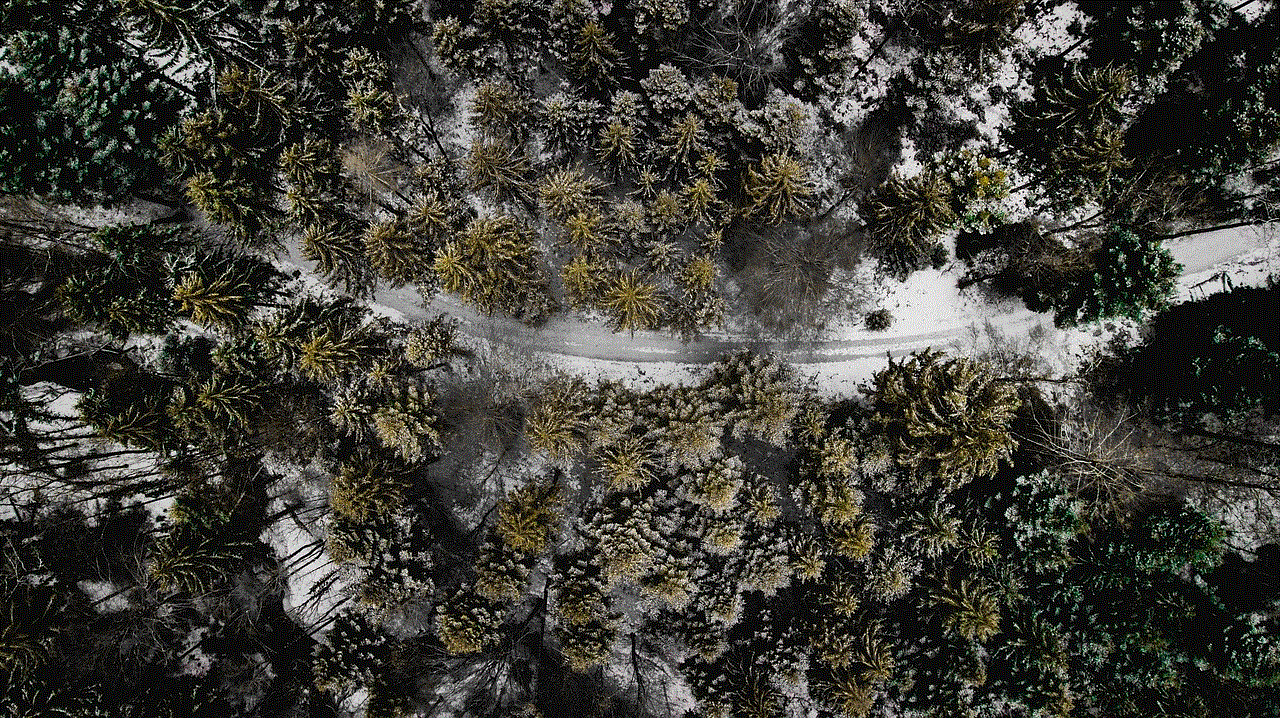how to track my daughter’s iphone location
As a parent, ensuring the safety and well-being of your child is always a top priority. In today’s digital age, where smartphones have become an essential part of our lives, keeping track of your child’s whereabouts has become easier than ever before. With the help of advanced technology, you can now track your daughter’s iPhone location in real-time. This not only gives you peace of mind but also allows you to know her exact location at any given time. In this article, we will discuss everything you need to know about tracking your daughter’s iPhone location and how to do it effectively.
Before we dive into the details of tracking your daughter’s iPhone location, it is essential to understand the importance of doing so. With the rise of cybercrimes, online predators, and other potential dangers, it has become crucial for parents to monitor their children’s online activities and track their location. Not only does this help in ensuring their safety, but it also allows parents to keep a check on their children’s activities and whereabouts. With that said, let us now explore the various methods of tracking your daughter’s iPhone location.
1. Use Find My iPhone Feature:
The Find My iPhone feature is a built-in tool in all iPhones that allows users to locate their device in case it gets lost or stolen. This feature uses the phone’s GPS system to track its location and displays it on a map. As a parent, you can use this feature to track your daughter’s iPhone location by following these simple steps:
Step 1: Make sure Find My iPhone is enabled on your daughter’s iPhone. To do this, go to Settings > [Your Name] > Find My > Find My iPhone and toggle on the switch.
Step 2: Download the Find My iPhone app on your own iPhone or use the iCloud website on a computer.
Step 3: Sign in with your daughter’s Apple ID and password.
Step 4: Once logged in, you will see a map with your daughter’s iPhone location marked on it.
Step 5: You can also use the features like Play Sound, Lost Mode, or Erase iPhone to locate, lock, or erase your daughter’s iPhone remotely.
2. Use a Third-Party Tracking App:
Another effective way of tracking your daughter’s iPhone location is by using a third-party tracking app. These apps offer more advanced features than the built-in Find My iPhone feature and also allow you to track your daughter’s phone discreetly. Some popular tracking apps for iPhones include mSpy, FlexiSPY, and Spyic. These apps require you to install them on your daughter’s iPhone, and once installed, they run in the background without her knowledge.
Step 1: Choose a suitable tracking app and purchase a subscription.
Step 2: Install the app on your daughter’s iPhone by following the instructions provided by the app.
Step 3: Log in to the app using your credentials and start tracking your daughter’s iPhone location.
Step 4: These apps offer additional features like call and text monitoring, social media tracking, and web browsing history tracking, giving you a more comprehensive view of your daughter’s activities.
3. Use Family Sharing:
If your daughter is under 13 years of age, you can use the Family Sharing feature on iPhones to track her location. This feature allows you to create an Apple ID for your child and link it to your own. This way, you can easily track your daughter’s iPhone location without having to install any third-party apps. Here’s how you can set up Family Sharing and track your daughter’s iPhone location:
Step 1: Go to Settings > [Your Name] > Family Sharing and tap on Add Family Member.
Step 2: Follow the instructions to create an Apple ID for your child and link it to your own.
Step 3: Once set up, you can use the Find My iPhone feature or the Find My Friends app to track your daughter’s location.
Step 4: You can also set up location sharing with your child, which will allow her to share her location with you in real-time.
4. Use Location History:
If you want to track your daughter’s iPhone location without her knowing, you can use the Location History feature on iPhones. This feature tracks your phone’s location and stores it on a map, allowing you to view the places your daughter has been to. Here’s how you can enable Location History on your daughter’s iPhone:
Step 1: Go to Settings > Privacy > Location Services > System Services > Significant Locations.
Step 2: Toggle on the switch for Significant Locations and enter your device passcode when prompted.
Step 3: You will now be able to see a list of places your daughter has visited, along with the date and time.
Step 4: You can also tap on any location to see it on a map.
5. Use a GPS Tracking Device:
If your daughter does not have an iPhone or if she often loses her phone, you can opt for a GPS tracking device to keep track of her location. These devices are small, portable, and can be attached to your daughter’s clothes, bag, or even her phone. Most GPS tracking devices come with a mobile app that allows you to track your daughter’s location in real-time. Some popular GPS tracking devices for kids include the Jiobit, AngelSense, and GBD GPS Tracker.
In addition to the methods mentioned above, there are a few other things you can do to keep track of your daughter’s iPhone location:
– You can set up location alerts on your daughter’s iPhone, which will notify you whenever she enters or leaves a specific location.
– Make sure to set up a passcode or a biometric lock on your daughter’s iPhone to prevent unauthorized access.
– Regularly check your daughter’s iPhone for any unknown or suspicious apps that may be used to track her location.
– Talk to your daughter about the importance of privacy and the potential dangers of sharing her location with strangers.
In conclusion, tracking your daughter’s iPhone location can be a useful tool for keeping her safe and monitoring her activities. However, it is essential to strike a balance between monitoring and invading your child’s privacy. Make sure to have an open and honest conversation with your daughter about the reasons for tracking her location and assure her that it is for her own safety. With the right tools and measures in place, you can use technology to stay connected with your child and ensure her well-being.
what does sike mean
Sike, also spelled psych or psyche, is a slang term that originated in the 1990s and has since become a popular phrase in modern culture. It is often used in a joking manner to express a reversal of a statement or to indicate that a previous statement was not sincere. The word has evolved over time and has taken on various meanings and connotations, making it a versatile and widely used term.
Originating from African American Vernacular English (AAVE), sike is believed to be a shortened version of the word “psychology.” The term was first recorded in the 1990s and was popularized by the hip-hop and rap music scene. It is believed to have originated in the southern United States and was primarily used by young people as a way to express sarcasm or to playfully tease someone.



The word sike gained mainstream popularity in the 2000s through the rise of social media and the internet. It quickly became a popular term used in memes, online forums, and everyday conversation. Today, it is a well-known and commonly used term among millennials and Gen Z.
While the word may seem simple and straightforward, its meaning and usage have evolved over time. Let’s take a deeper dive into the various meanings and connotations of sike.
1. Reversal of a statement
The most common usage of sike is to indicate a reversal of a statement. This is often used to express a change in one’s thoughts or intentions. For example, if someone says, “I’m going to the gym today, sike!” it means that they were initially planning to go to the gym but have now changed their mind. This usage of sike is similar to the phrase “just kidding” or “never mind.”
2. Indicating sarcasm
Sike is also commonly used to express sarcasm or to mock someone. This usage is often seen in playful banter among friends or on social media. For instance, if someone says, “I’m the best singer in the world, sike!” it is clear that they are not being serious and are instead poking fun at themselves.
3. Dismissing a previous statement
Sike is also used to dismiss a previous statement as a joke or to indicate that it was not meant to be taken seriously. For example, if someone says, “I hate cake, sike!” it means that their previous statement of hatred towards cake was not sincere.
4. Expressing excitement or anticipation
In some contexts, sike can be used to express excitement or anticipation. This usage is more commonly seen among younger generations and is often used in a playful and lighthearted manner. For instance, if someone says, “I can’t wait for the concert tonight, sike!” it means that they are extremely excited for the concert.
5. A way to say “just kidding”
Similar to its usage as a reversal of a statement, sike can also be used as a way to say “just kidding.” This is often seen in situations where someone has made a joke or prank and wants to clarify that it was not meant to be taken seriously.
6. A form of self-deprecation
Sike is also used as a form of self-deprecation, often seen in memes and self-referential jokes. This usage is typically meant to be humorous and light-hearted. For example, if someone says, “I thought I was going to win the lottery, sike!” it is a way of poking fun at oneself for having unrealistic expectations.
7. A reaction to a joke or prank
Sike is often used as a reaction to a joke or prank that has been played on someone. For example, if someone falls for a prank and then realizes it was a joke, they may say “sike!” as a way to laugh it off and show that they were not upset by the prank.
8. A way to express disappointment



In some cases, sike can also be used to express disappointment or frustration. This usage is often seen when someone realizes that something they were looking forward to is not going to happen. For instance, if someone says, “I thought I was going to get a raise, sike!” it means that they were disappointed to find out that they were not getting a raise.
9. A slang term for “get fooled”
In some contexts, sike is used as a slang term for “get fooled” or “get tricked.” This usage is similar to other slang terms such as “gotcha” or “fooled you.” For example, if someone says, “I’m going to the moon tomorrow, sike!” it means that the person is not actually going to the moon and is just joking around.
10. A way to add humor to a statement
Overall, sike is often used to add humor and playfulness to a statement. It is a versatile term that can be used in various ways depending on the context and the intention of the speaker. Its ability to convey different meanings and emotions makes it a commonly used term in everyday conversation and in popular culture.
In conclusion, sike is a slang term that has taken on a life of its own since its origin in the 1990s. Its usage has evolved over time, and it has become a popular term among younger generations. From indicating a reversal of a statement to expressing sarcasm and excitement, sike has become a versatile term that adds humor and playfulness to everyday conversation. Whether you use it in person or online, sike is a fun and lighthearted term that has become a staple in modern language.
thirst trapping meaning
Thirst trapping has become a popular term in recent years, especially with the rise of social media platforms like Instagram and TikTok. But what exactly does it mean? In this article, we will delve into the meaning of thirst trapping, its origins, and its impact on our society.
To put it simply, thirst trapping refers to posting attractive or seductive photos on social media with the intention of gaining attention and validation from others. It often involves posing in revealing clothing, using filters and editing tools to enhance one’s appearance, and captioning the photo with flirty or provocative statements. The term “thirst” refers to the need for validation and attention, while “trapping” implies the act of luring or enticing others.
The concept of thirst trapping can be traced back to the early days of social media, but it has gained more traction in recent years with the increasing emphasis on self-image and the need for constant validation. With the rise of influencers and celebrities on social media, many individuals have taken to using thirst trapping as a means to gain popularity and attract a large following.
One of the main reasons for the popularity of thirst trapping is the belief that it can boost one’s self-esteem. In a world where physical appearance is often equated with self-worth, individuals may turn to thirst trapping as a way to feel better about themselves. By receiving likes, comments, and followers, they may feel validated and accepted by others. However, this validation is often short-lived and can lead to a never-ending cycle of seeking more attention and validation.
Thirst trapping has also become a way for individuals to seek out romantic or sexual relationships. By posting attractive photos and captions, they may attract potential partners and fulfill their desire for attention and physical validation. However, this can also have negative consequences as it promotes the objectification of individuals and reduces them to their physical appearance.
Moreover, the pressure to constantly appear attractive and desirable on social media has led to the rise of body image issues and unhealthy comparisons. Thirst trapping often involves presenting an idealized version of oneself, which can create unrealistic expectations and standards for others. This can lead to feelings of inadequacy and the need to constantly strive for physical perfection.
The impact of thirst trapping goes beyond the individual level and has also affected our society as a whole. The constant stream of attractive and sexualized images on social media has desensitized many individuals, especially the younger generation, to sexual content. This can have damaging effects on their perceptions of relationships and expectations for physical intimacy.
Furthermore, the prevalence of thirst trapping has also raised concerns about the safety and privacy of individuals on social media. By sharing revealing photos, individuals may unknowingly expose themselves to potential predators or face cyberbullying and harassment. The pressure to maintain a certain image may also lead to individuals sharing personal information and engaging in risky behaviors.
The rise of thirst trapping has also brought attention to the issue of gender and societal expectations. While both men and women engage in thirst trapping, it is often women who are criticized and objectified for their actions. This perpetuates the harmful belief that a woman’s worth is based on her physical appearance and her ability to attract attention.
On the other hand, some argue that thirst trapping can be empowering for individuals, especially for women. By reclaiming their own sexuality and taking control of their image, they may challenge traditional gender roles and expectations. However, this argument is often overshadowed by the negative effects of thirst trapping, and it is essential to acknowledge that it is not a solution to the underlying issues of objectification and validation.
In recent years, there has been a growing backlash against thirst trapping, with many individuals calling for a more authentic and genuine representation on social media. This has led to the rise of body positivity movements and a push for diversity and inclusivity on social media platforms. However, it is still a prevalent practice, and the desire for attention and validation continues to drive individuals to engage in thirst trapping.



In conclusion, thirst trapping is a complex phenomenon that has gained popularity in recent years with the rise of social media. It involves presenting an idealized version of oneself to gain attention and validation from others. While it may provide a temporary boost in self-esteem, it has also led to negative consequences such as body image issues, objectification, and a desensitization to sexual content. As a society, it is crucial to recognize the harmful effects of thirst trapping and promote a more authentic and healthy representation on social media.